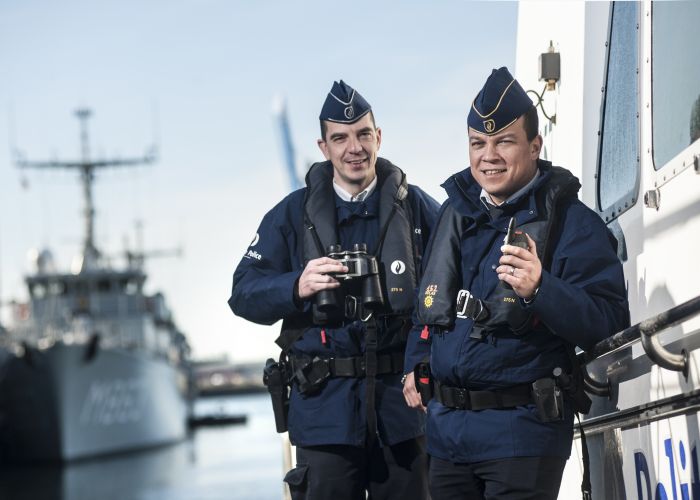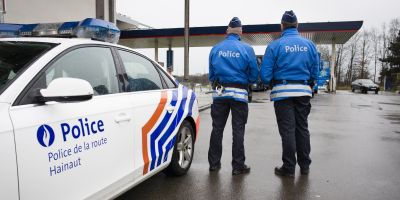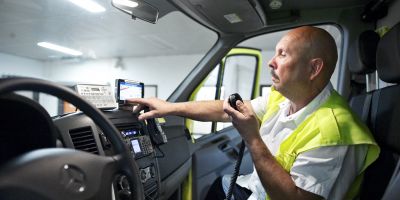
Applications
ASTRID provides advanced applications that facilitate interventions.

Radio Position to CAD / to Provider
With radio position, user organisations can clearly track the positions of their teams in the field. This will result in the increased safety of the teams, and moreover, the data that can be obtained is useful for a wide range of applications.
ASTRID has a central location server that is connected to the ASTRID radio network. This server receives the coordinates of the (built-in) GPS from the radios and sends them to the control room. Currently, there are two services which are available that can be combined:
- Radio position to CAD: the server sends the positions of the radios to the provincial control room or to line connected terminals (LCT).
- Radio position to provider: The server sends the positions of the radios to another system (external provider). This means that the data is useful for a wide range of applications.
Radio position is available for portable and mobile radios that are equipped with the Location Information Protocol (LIP). And there is only one limitation: the GPS signal is unable to penetrate into buildings. Therefore, teams in the field but which are in a building will not always be visible.
English version not available, but please consult the Dutch and French documents.

SDS-to-GPS
Thanks to a SDS-to-GPS alert, a team in a vehicle will receive the correct coordinates of the destination prior to heading out. The team does not have to set up the GPS itself as it will immediately know precisely where to go. For the fire department, police and emergency services control rooms, it is an interesting application that enables them to send the teams more efficiently and to reduce the arrival times. The provincial control room sends a short text message (SDS) to the team in the field, which includes the address of the incident, the type of incident, the caller's data, etc. SDS to GPS adds a second message with the XY coordinates of the location. In addition, the radio also receives that message and sends the data to the GPS in the care. This enables the team to navigate to the correct location.
The team does not have to enter the address in the GPS and this means that they can both save significant amounts of time and are also able to reduce the chance of errors. For example, if there is no precise address, when it involves a crossing point or a parking lot, thanks to the XY coordinates the GPS knows exactly what the team needs.
English version not available, but please consult the Dutch and French documents.